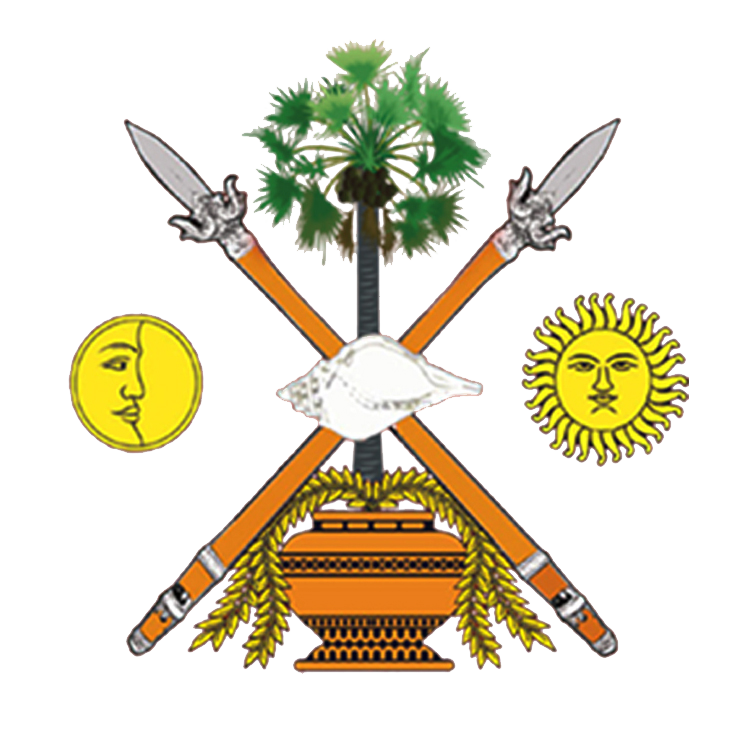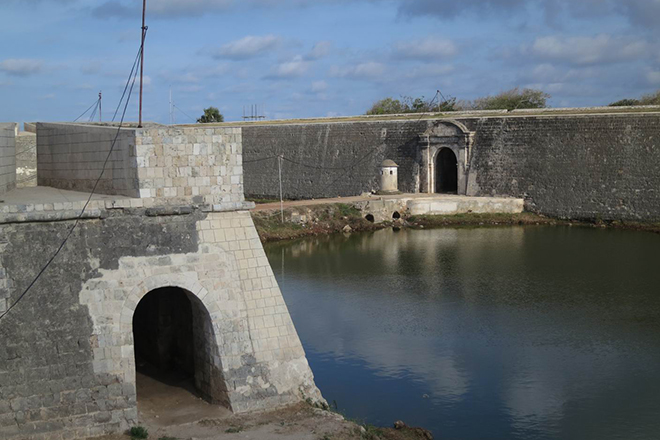Situated in the heart of City of Jaffna at the water's edge of the lagoon, the Fort of Jaffna is the second largest existing fort in the Island. Originally built by the Portuguese in 1619 and re-built and expanded by the Dutch during the second half of the 17th and the 18th centuries to facilitate trading activities of Sri Lanka's Northern region. This indicates not only of Jaffna's strategic importance to Europeans but also its significance throughout the Sri Lanka's history. The five-sided inner defence works consist of thick and high ramparts and bastions with a wide and deep moat around it. The layout resembles a geometrically regular pentagon which defined by the ramparts with a bastion at each corner of the Pentagon. Beyond these defence works is the star-shaped moat, the outline of which roughly follows the bastion and rampart walls. The outer defence works include the glacis, the raveling and a covered way.
The fort was occupied by the colonial powers until 1948 and became a garrison for Ceylon Army in 1948 with the independence. With the onset of the Sri Lankan Civil War it came under siege on several occasions and was the scene of pitched battles. Militant rampage in 1990 marked the end of military presence within the ramparts of the fort since its inception and from 1991 to 1995, it was under the control of LTTE. The fort was recaptured by the Sri Lanka Army in 1995 by launching a 50 day siege during Operation Riviresa and today its restoration is underway after challenging demining process.





